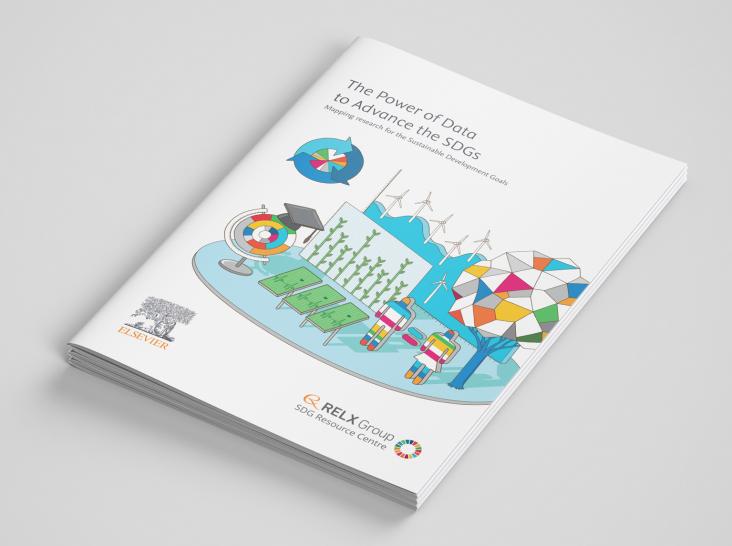This chapter aligns with UN SDG goals 2 and 3 by discussing the phytochemicals and medicinal properties of certain indigenous foods
This chapter advances the UN SDG goals 2 and 9 by highlighting the role AI can play in identifying crop improvement methods for sustainable agriculture.

As we pass the halfway point for the SDGs, many of the goals are worryingly off track and progress on 85% of the target indicators has stalled or even reversed. Through our information, products and people, RELX remains committed to advancing the Goals. Here are some of the ways that we continue to support their achievement.

Access to information is critical in achieving the SDGs - empowering the public to make decisions, informing policy making and enabling effective implementation and monitoring. RELX businesses regularly produce and publish free to download reports and analytics that draw upon vast amounts of information and data in support of the SDGs. Explore some of the reports and tools developed to date.
An overshoot of the 1.5°C target seems inevitable, prompting urgent calls for comprehensive, interdisciplinary, and globally coordinated solar geoengineering research. Drawing lessons from the CGIAR agricultural network, this article proposes a global network of climate action centers to ensure reliable and legitimate research, guiding policymakers and donors in addressing this critical need.

International Tea Day 2026
Celebrating a World of Flavors and Cultures: International Tea Day
The global food system faces mounting pressures from climate change, resource competition, conflict, and markets, with the harshest impacts falling on nutritionally vulnerable populations. Meeting this challenge demands a paradigm shift in how food is grown and distributed, supported by new science, policy reforms, and broad transformations from farm to fork.

The United Nations Global Compact-Accenture Global Private Sector Stock take report report offers an appraisal of private sector contributions to the SDGs so far and outlines a clear pathway for private sector action over the next seven years.
This chapter aligns with Goals 2 and 11 by focusing on the potential for improved food production when agroforestry practices are exploited. Further, the use of Agroforestry enhances sustainability within food production systems by providing environmental protections and balances.
The UK is trying to achieve carbon neutrality (SDG 13) and improve biodiversity (SDG 15). This One Earth Research Article explores various land-use changes that the UK could make to achieve these various goals but finds that no solutions exist without trade offs like reduction in food production (SDG 2).
